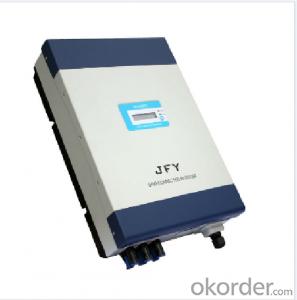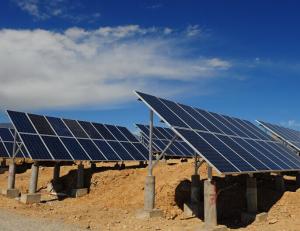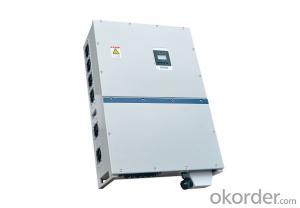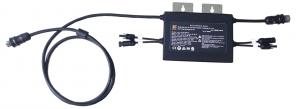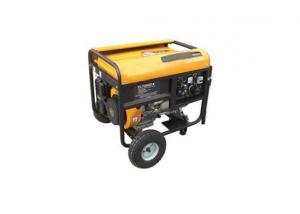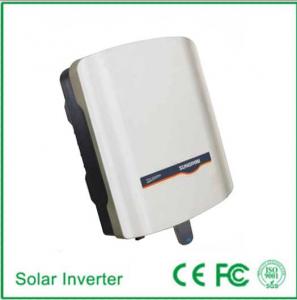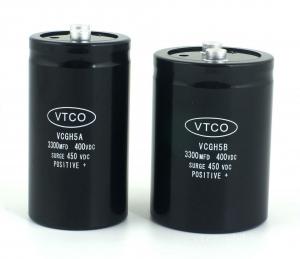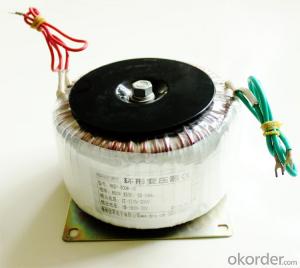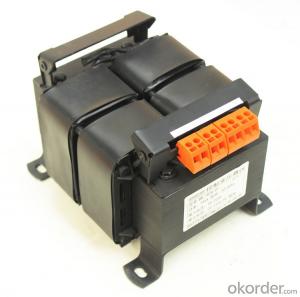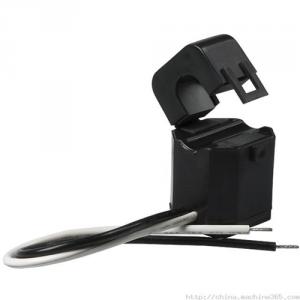5kw Solar Grid Tie Inverter
5kw Solar Grid Tie Inverter Related Searches
5kw On Grid Solar Inverter Solar Grid Tie Inverter 10kw Solar Grid Tie Inverter 3kw Solar Grid Tie Inverter Solar System Grid Tie Inverter 1kw Solar Grid Tie Inverter Sun Grid Tie Inverter Grid Tie Solar Inverter Solar Hybrid Grid Tie Inverter 5kw Solar Inverter Solar 5kw Inverter Grid Tie Inverter Solar 5kv Solar Inverter 5kw Solar Power Inverter Solar Grid Tie Inverter Kit Hybrid Grid Tie Solar Inverter 5kw Solar Hybrid Inverter 5kw Off Grid Solar Inverter 5kva Solar Inverter Solar 5kva Inverter Best Solar Grid Tie Inverter 5kw Hybrid Solar Inverter 5k Solar Inverter Inverter For 5kw Solar System 5 Kilowatt Solar Inverter Solar Power 5kw Inverter 5 Kva Solar Inverter Grid Tie Hybrid Solar Inverter Off Grid Solar Inverter 5kw Best Grid Tie Solar Inverter5kw Solar Grid Tie Inverter Supplier & Manufacturer from China
The 5kw Solar Grid Tie Inverter is a high-efficiency device designed to convert the energy generated by solar panels into usable electricity that can be fed back into the grid. This product is engineered with advanced technology to ensure maximum energy output and compatibility with various solar panel systems. It plays a crucial role in harnessing renewable energy and reducing reliance on non-renewable sources.The 5kw Solar Grid Tie Inverter finds its application in both residential and commercial settings, where solar energy is harnessed to power homes, businesses, and even large-scale industrial operations. It is particularly useful in areas with abundant sunlight, making it an excellent choice for regions aiming to increase their use of clean and sustainable energy. By integrating this inverter into their energy systems, users can benefit from reduced electricity bills and a smaller carbon footprint.
Okorder.com is a leading wholesale supplier of the 5kw Solar Grid Tie Inverter, boasting a large inventory that caters to the diverse needs of customers worldwide. With a commitment to quality and customer satisfaction, Okorder.com ensures that each 5kw Solar Grid Tie Inverter is thoroughly tested and meets the highest industry standards before being shipped to clients. This makes Okorder.com a reliable source for those seeking to invest in sustainable energy solutions.
Hot Products


